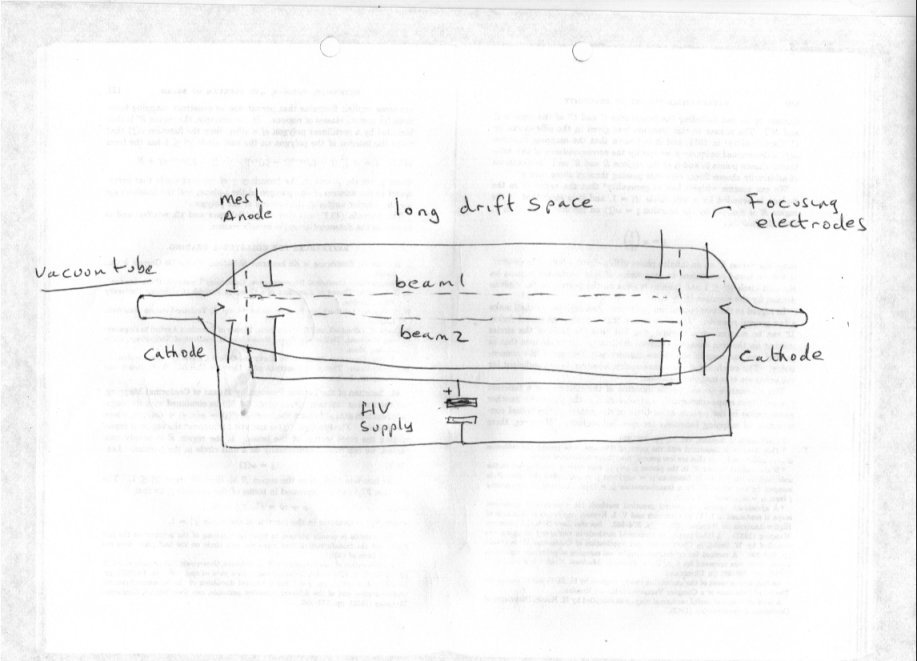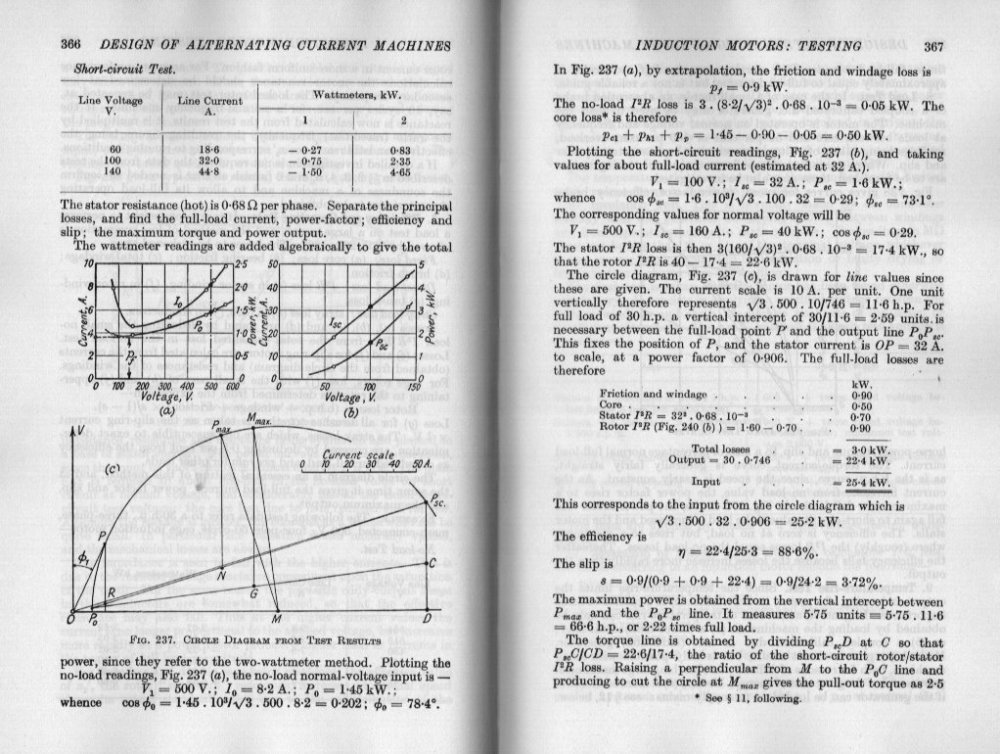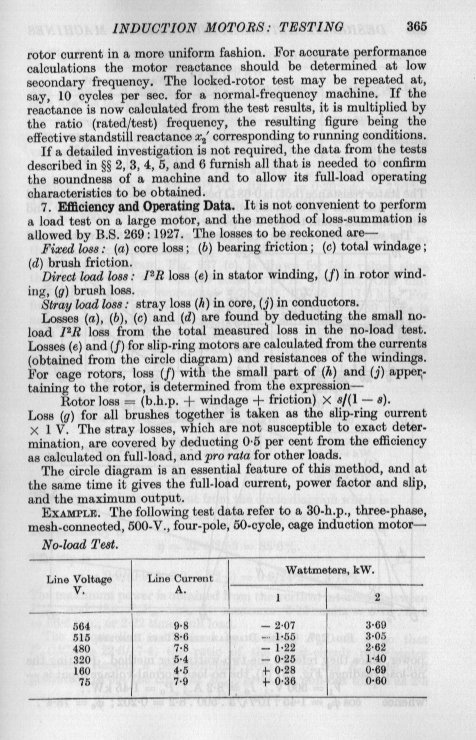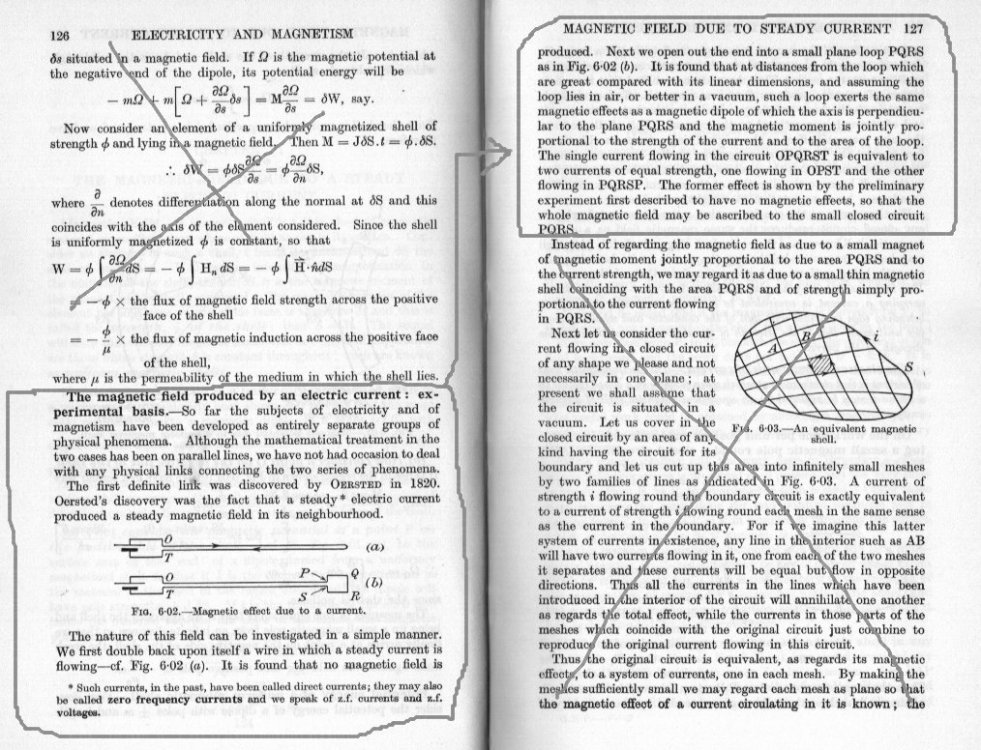-
Posts
18314 -
Joined
-
Last visited
-
Days Won
104
Content Type
Profiles
Forums
Events
Everything posted by studiot
-
Can you not cement a small RTD (resistance temperature detector) to the ring and set up a suitable measuring bridge ? https://en.wikipedia.org/wiki/Resistance_thermometer You have given no idea how big the ring is so I can't be more detailed.
-
To my way of thinking, this question is still seriously lacking in detail. I do not think you have added anything to your opening post. Perhaps we can clarify what you want by considering some examples, rather than symbolic processes. Ranking has a number of possible variations. Two students, A and B take an exam which is marked by teachers, C and D and it is desired to combine the marks for each student to get their overall exam result. Teacher C give A - 5/10 and B - 7/10, whereas teacher D gives at 7/10 and B at 5/10. Two states (North and South) are ranked 5th and 7th by annual individual earnings, but ranked 7th and 5th by individual car ownership. Again their overall standing is required. In the first example the exam is a common feature to both students and teachers. In the second example the two 'methods' in your terminology are different. There is a formula, known as 'rank correlation', which allows the user to expore the possibility that earnings and car ownership are related. But there is not enough data in your example to make any other statement than the rankings in either case should be taken as equal.
-
The purpose of shell type construction is to reduce the leakage flux in a transformer. Leakage flux outside the core does not link any windings and is therefore not 'useful' flux. Other ways of achieving this are Making the transformer 'window' long and narrow - obviusly limited by the required space for the windings. Arranging the primary and secondary wiondings concentrically Sandwiching the primary and secondary windings Overwinding the primary and secondary on a ring or toroidal core.
-
I guess you are searching for some sort of statistical weighting process here ??? If this is the case you have posted in the wrong section - on this webforum statistics belongs in the applied maths section. Anyway back to your question, you have not enough information to compare since you have two objects (obj1 and obj2) and two measurements (meas1 and meas2) of two properties (X and Y ) to consider. So for instance you have for object 1 only property x1 but not property x2 so you cnnot directly compare (or weight) them. Perhaps I have totally misunderstood your intention so please tell us more.
-
You were asked for some mathematics, but I only see a flippant comment about high school and a diagram that is too small to read. I do wonder if this use of the term uniform is one of degree, similar to that of 'unform velocity profile' in fluid mechanics or 'uniform stress distribution' in elasticity. In both cases the profile is flat (uniform) over most of the cross section, with large deviations over a very small part of the outer edges. As regards the mathematics, the conventional derivation, via the Biot Savart Law, by extending from a single coil, only has an analytical solution on axis. This is a fairly simple integration and leads to the conventional conclusion when appropriate limits are applied. One difficulty comes when the gaps between the windings is significant compared to the winding diameter since you no longer have a contiguous/continuous structure so you cannot integrate but must sum a series, perhaps to infinity. Even harder maths arises when you try to work along lines parallel to the axis, (ie off axis) This leads to an elliptic integral which has no analytical solution, but must be solved numericall or experimentally. Standard enginering texts just accept the experimental measurements that the deviation from uniform is insignificant as in the attachment below. Note the main discussion in the attachment concentrates on the more significant longitudinal variation with less than infinite solenoids. What distance, as a % of the solenoid diameter, would you class as significant ? Your 'corrected diagram' in your first post suggests something different from observation. So please put some figures to it, as I have done.
-
Have you tried exploring the following sequence [math]m\frac{{{d^2}x}}{{d{t^2}}} = F\left( x \right) = Kx\left( {1 - A{x^2}} \right)[/math] [math]\frac{{dx}}{{dt}} = [/math] [math]t = [/math] or otherwise separating the variables?
-
There are two conditions for uniformity. 1) The solenoid has to be be of infinite length. 2) The coils or turns have to be close wound. The first is usually approximated by saying a long solenoid. If the solenoid is not long then it is called a short solenoid and should be so specified. The second is specified by saying a closely wound or tightly wound solenoid, and a loosly wound one is often called an open solenoid. The second condition can be relaxed more than the first.
-
Maya whispered in my ear that it was really 168421 +1 apiece.
-
What is your list supposed to represent ? Number 1 is inadequate and untenable. Are you suggesting space ceases to exist when it is 'occupied' and suddenly spring back into existence when the occupying object moves away? What do you mean by continuous and why does it have to be continuous? What do you mean by occupied? Does this include say, light? What happens when a ray of light passes from a vacuum into a glass block? Hey I like this 11111 posts
-
I think you are getting somewhere. +1 But you did ask that there were no other influences, and have already made things complicated by having two beams not one. Even that 40 minute youtube vid you posted has only one beam. What did you make of it? Here is a suggested model of what you asked for Two cathode emitters produce a stream of electrons at each end of a very very long evacuated tube. The electrons are accelerated by mesh anodes at high voltage, one close to each cathode. They pass through the mesh and are collimated into a tight beam where they pass into the long drift space in the middel. Here their kinetic energy carries them across the long gap, to be collected to discharge at the other end. The two beams are arranged slightly offset but parallel. So your question comes down to discussing the electron ballistics of this device. One comment, there will be considerable 'interference' from space charge build up in such an arrangement. Have you heard of space charge?
-
That's still networking but the negative sort, not the sort you want. You want the sort which say, "That fellow John, he comes over and cuts my grass once a fortnight, and I let him park his van on my drive in return. Good reliable worker, you should give him a try."
-
Yes I said 'complex'. and you said 'complicated'. Whilst both mean much the same in common parlance, complex has a particular meaning in Science in general and Mathematics in particular. In this context complex means 'made of more than one (maybe many) parts'. So when I say the quantities are complex I mean the maths uses special numbers, called complex numebrs, which are made of two parts. From you description I don't think you have met these? I will have a think of how to avoid them; meanwhile Perhaps it is a good idea to have a model to work with. An induction motor works as follows: There is a fixed ferrometal (magnetisable) ring with projections called the stator. This is fixed to the chassis and does not move. The stator contains projections called poles arranged facing inwards as shown around the center. At the centre and mounted on the rotating mechanical output shaft is another ferromagnetic lump called the rotor. The rotor has projections that match and face the projections (but do not touch) on the stator. Wound around each set of projections are two separate coils, called the rotor winding adn the stator windings respectively. These windings are connected in series to the supply voltage. Do you know what a series connection means? I have drawn it below the machine diagram. The action of the motor works like this: The alternating mains voltage in the stator windings creates an alternating magnetic field in the pole projections. These are arranged to produce alternate N and S poles around the circle as shown. As the magnetic field alternates at each pole, the N and S alternates at that pole (and all the others around the circle). So there is a pattern of N and S established moving around the circle at supply frequency. These N and S poles induce poles of the opposite sense in the facing pole projections on the rotor. As the N S N S... pattern moves around the stator circle it draws the opposing pattern of S N S N in the rotor around with it causing rotation of the rotor with its attached shaft. Both these poles are in the ferromagnetic material, not the windings. OK, you ask, so where do the rotor windings come into this? Well the rotating magnetic fields induce a current in them which is opposite in polarity/sense to that in the stator windings. It is the series connection of these two windings with opposing currents/voltages that prevents the whole thing spinning out of control and maintains the desired speed. So now, in answer to your question ( but I'm not sure what other voltage there is. ) we are working with 3 voltages, - the supply, the stator voltage and the opposing rotor voltage and 3 current - The rotor current, the stator current and the diference between the two. Once you have confirmed you are happy with the story so far we will explore how slip arises and the meaning of resistance, reactance as being the real and imaginary parts of a complex number. For John Cuthber's benefit here is the rest of the article I already posted the first page of.
-
Perhaps this is where you are going wrong? Networking is about people not one person. So any disagreability will be automatically diluted manifold.
-
By this I assume you mean the supply or line voltage. Is that correct? Do you mean something like this? Here is part of a test on an (admittedly larger) induction motor. Note that load current increases both above and bolw a particular operating voltage. Now how is you mathematics ? There is no simple answer to your question as to why, the answer lies in the way the voltages curents, impedances and rotational frequencies vary with applied voltage. The maths of this is (literally) quite complex as all the above quantities are complex.
-

Scientists who behaved in unusual/autistic/obsessive/eccentric ways
studiot replied to Alfred001's topic in The Lounge
What you do do with coffee might be more interesting than what you don't do. Indeed +1 -
Yes but you also want no other influence in that region. and you did not consider my question about what keeps the beam together and what keeps it going. I am glad you are dealing well with my questions, they are not meant to trip you up but to help you think about your set. That way you can understand it better and tidy up on your description. Normally there is an electric field in that region in an electron tube the beam occurs because there is a very high anode voltage directing it. Special anodes can be made to allow some of the beam to be going so fast that it passes straight through the anode and then it is on its own. Because it is going so fast it has substantial momentum and this keeps the beam going and together for quite a distance. Just a quick comment on swansont's pinch effect. This is what keeps a beam together in fluid metals (mercury) or plasma (several attempts at nuclear fusion have been made using this) It is called the self-magnetic pinch effect and was first reported by Northruff in 1907. But it is within the body of the beam, not external it. That's probably me finished for tonight, but I will be back.
-
How do you "shoot an anti parallel beam from a gun alongside the other one? Surely the guns must be facing each other across a gap in space? But more than this, what keeps the beam going and what keeps it together? The important part about the wires is that they perform two functions. 1) They keep the electrons within the tight region of space required. 2) But the contravene your condition since there must be a longitudinal electric field or there would be no current. Yes posting the bit about Oersted's experiment leads on from this to the fact that in antiparallel there is no magnetic field. This fact is used in what is known as non inductive winding of power resistors and bifilar winding of transformers to reduce losses and distortion. But back to basics. How does the absence of something (holes) create a magnetic field? Of course you can't fire holes from a hole gun and in general metal conductors don't have holes.
-
It's good that you have ditched the last thread and are actively trying to engage with others about your issue in this one. In that spirit I will respond by starting at the beginning to help you overcome some factors you clearly don't realise. Since most treatments consider current in wires, I was going to ask you what your interest in a stream of charged particles over wires so thank you for already answering that. There is a difference between the current in wires and the conditions you have set out. Have you considered how you might obtain a stream of particles under this particular condition "see what happen away from other influences." ? Note there will be zero current in wires operating under this particular condition. Out of interest have you heard of Oersted's experiment?
-
Nice one, I didn't think of. +1
-
I didn't know that all you americans had flat cola. It is definitely a fizzy drink in the UK. So there is more in it than just sugar, fruit acid and water. However has anyone considered how small 20mL is? Our standard can is 330mL. So just a sip. But Jeff you didn't say if your daughter is asthmatic or not. Did the cola make her cough immediately worse or did the fizz affect her nose? All in all I would have thought that the most effect was a patient boost from TLC by a loving parent.
-
Really good point. @Ali Lama, I hope you are not somehwere where they insist on teaching 'electron flow' as the direction of current. The standard convention is that current flows from positive to negative (what swansont called positive current). Nearly all the equations of Physics follow this convention, so it is best to stick with it.
-
Some basics may help here. Firstly if you only have one electron going each way, they will soon pass each other and you will not see much effect. Of course there will be no magnetic field in front of either moving charge! You need a regular stream of them and, to begin with, only consider what happens after the current has been flowing for a long time. This is known as 'steady state' conditions. Consideration of the start or end or other change to the stream is much more complicated. it is often not helpful to consider an electric current as a moving bunch of individual charges, just a current will do. However, having said that, When moving the charges generate two fields. An electric field and a magnetic field. It is the electric field that is responsible for the attractive/repulsive force between the charges. This force is always there and in particular when the charges are not moving. When the charges are not moving, there is no magnetic field. Also when the magnetic fields are due to (equal) currents running parallel but in the oppsite directions (called anti parallel) The fields cancel between the wires but form continuous loops round both.
-
It was a compliment. People like you want to understand and are prepared to put in a substantial amount of effort, but lack the background for a fully rigourous mathematical route. It is good to remember that the most advanced mathematics in the world only holds good so long as the premises upon which it is based are valid. Proff Beiser says as much in introducing his boats and then basing his analysis on the stated (physical) postulates. Einstein was one of those geniuses who could determine the (correct) underlying premises from which to develop the (applied) mathematics. Of course he was also pretty good at mathematics. But he also suffered from this (not saying you do) but it is a good article. https://www.bbc.com/ideas/videos/why-smart-people-do-stupid-things/p07r0zdj
-
Thnaks for the detail, exactly the sort of thing I asked for. +1 @mistermack So now you have two possible mechanisms, both compatible with each other and accepted known Science.
-
Good links, thanks. +1






